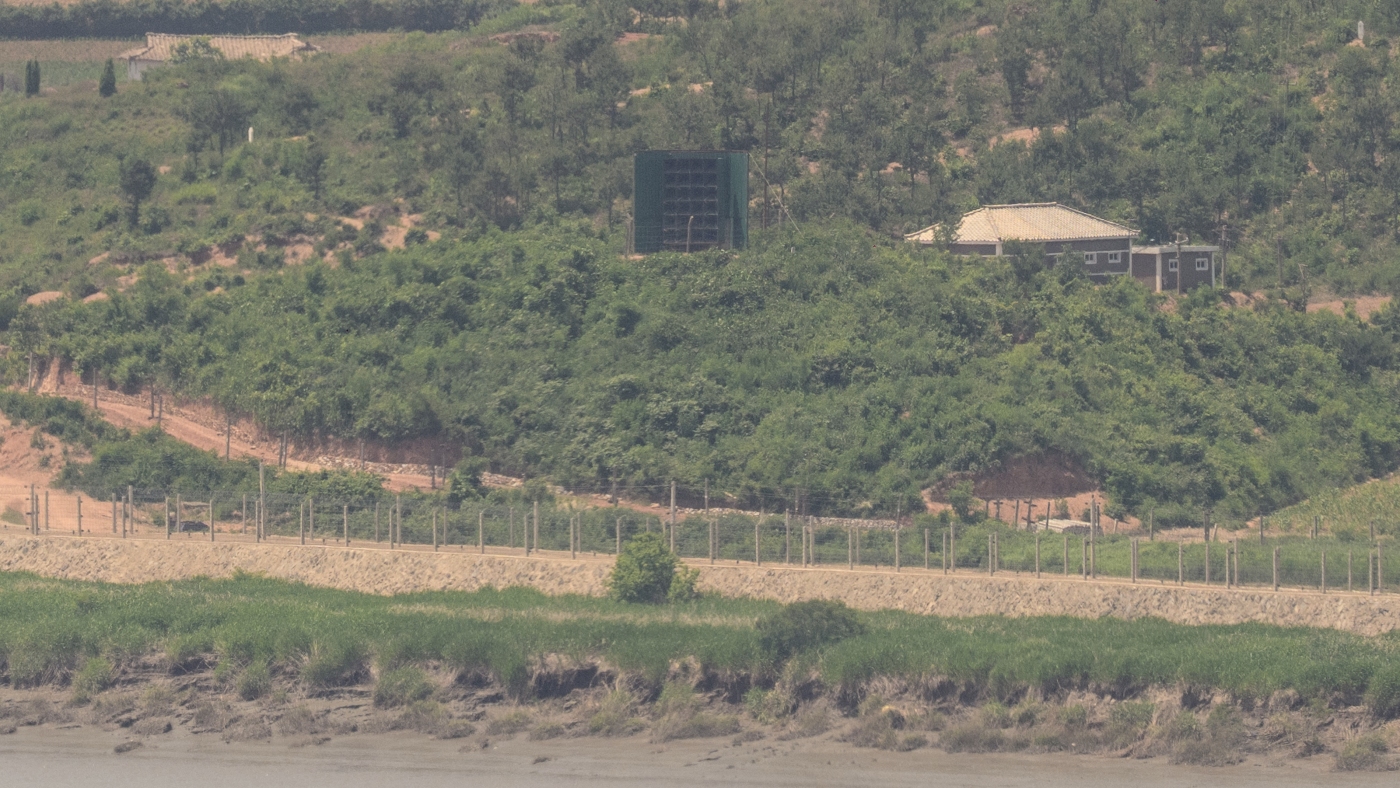The Ceasefire of Sounds: A Recent Shift in Inter-Korean Relations
The Echoes of Conflict: A Historical Overview
The Demilitarized Zone (DMZ) between North and South Korea has long been a hotbed of tension, but one of the most unique and enduring forms of conflict has been the psychological warfare waged through sound. This “battle of sounds” has been a constant presence since the 1960s, a remnant of the Korean War that has evolved and escalated over the decades. The recent cessation of loudspeaker broadcasts along the border marks a temporary pause in this sonic conflict, offering a moment to reflect on its history, impact, and implications.
The use of loudspeakers for psychological operations began shortly after the Korean War armistice. Both nations employed various tactics, including massive billboard screens displaying propaganda and the dissemination of leaflets dropped by air. However, the loudspeaker systems along the border became a crucial tool in this psychological warfare. These systems were designed to broadcast messages intended to demoralize enemy troops, encourage defections, and influence public opinion.
The content of these broadcasts has varied over time. Initially, they focused on political messaging, highlighting each nation’s perceived superiority. However, the broadcasts also incorporated popular culture, news, and even weather reports. In recent years, South Korea’s broadcasts have included K-pop music, reflecting a deliberate attempt to appeal to the North Korean population’s desire for cultural exposure and a better quality of life.
The Recent Cycle of Escalation and Retaliation
The current cycle of escalation began in June of the previous year when North Korea initiated a campaign of launching trash-laden balloons into South Korea. This provocative act prompted South Korea to retaliate by resuming its loudspeaker broadcasts, which had been suspended in 2018 as part of a broader effort to improve inter-Korean relations.
North Korea responded with a particularly unsettling tactic: the broadcasting of jarring and disruptive noises. These weren’t traditional propaganda messages but rather a cacophony of sounds described as metallic screeching, animal cries, and effects reminiscent of 1980s science fiction films. These broadcasts, often continuing for 10 to 24 hours a day, were specifically designed to be irritating and disruptive, causing significant distress to residents living near the border.
The Human Impact: A Community Under Siege
The impact of these loudspeaker broadcasts on civilians was substantial. Residents of towns like Dangsan-ri reported being subjected to “unnerving noises day and night,” making it difficult to sleep, concentrate, or simply enjoy peace and quiet. County officials were compelled to measure noise levels at numerous locations to assess the reach and impact of the North Korean broadcasts. The constant barrage of sound created a climate of anxiety and disruption, significantly affecting the quality of life for those living in the affected areas. The psychological toll was particularly acute, with residents describing the sounds as deeply unsettling and disturbing.
This situation highlighted the vulnerability of civilian populations caught in the crosshairs of inter-Korean tensions. While the loudspeaker broadcasts were intended as a form of psychological warfare directed at the opposing nation, their immediate impact was felt most acutely by those living closest to the border.
A Tentative Pause: The Recent De-escalation
The recent cessation of loudspeaker broadcasts began with a move by South Korea to turn off its systems. This action was framed as a gesture of goodwill and a proposal for a ceasefire in the “loudspeaker war.” Remarkably, North Korea reciprocated, halting its own broadcasts of disruptive noises the following day.
This reciprocal pause represents a tentative step towards de-escalation. However, the underlying tensions between the two Koreas remain unresolved. The history of inter-Korean relations is marked by cycles of confrontation and dialogue, and it is unclear whether this current pause will lead to a more sustained period of peace. The fact that North Korea quickly responded to South Korea’s move suggests a willingness to engage, but the long-term implications remain uncertain.
The Complex Security Landscape
The broader security landscape on the Korean Peninsula remains complex. Recent reports indicate that North Korea has continued to strengthen its military capabilities, including laying down new landmines and destroying infrastructure connecting the two Koreas. South Korea, in turn, has resumed live-fire drills, demonstrating its commitment to maintaining its defense posture.
This complex landscape underscores the fragility of the current pause in the “loudspeaker war.” While the cessation of broadcasts offers a brief respite for border communities, it does not address the deeper issues driving the conflict. The true test of this pause will be whether it can lead to more meaningful dialogue and cooperation between the two nations.
Silence and its Significance: A Fragile Hope
The return of silence to the inter-Korean border is a significant development, offering a brief respite for communities long subjected to the psychological strain of sonic warfare. However, this silence is not necessarily indicative of a lasting peace. It is, rather, a pause in a long-running conflict, a temporary cessation of hostilities that could easily be resumed.
The true significance of this moment lies in the opportunity it presents for both Koreas to reassess their approach to inter-Korean relations and to explore avenues for more meaningful dialogue and cooperation. Whether this opportunity will be seized remains to be seen, but the quiet offers a fragile hope for a more peaceful future on the Korean Peninsula. The next steps will be crucial in determining whether this pause can evolve into a more sustained period of peace and cooperation. The world watches with hope, waiting to see if this fragile silence can blossom into a lasting harmony.











